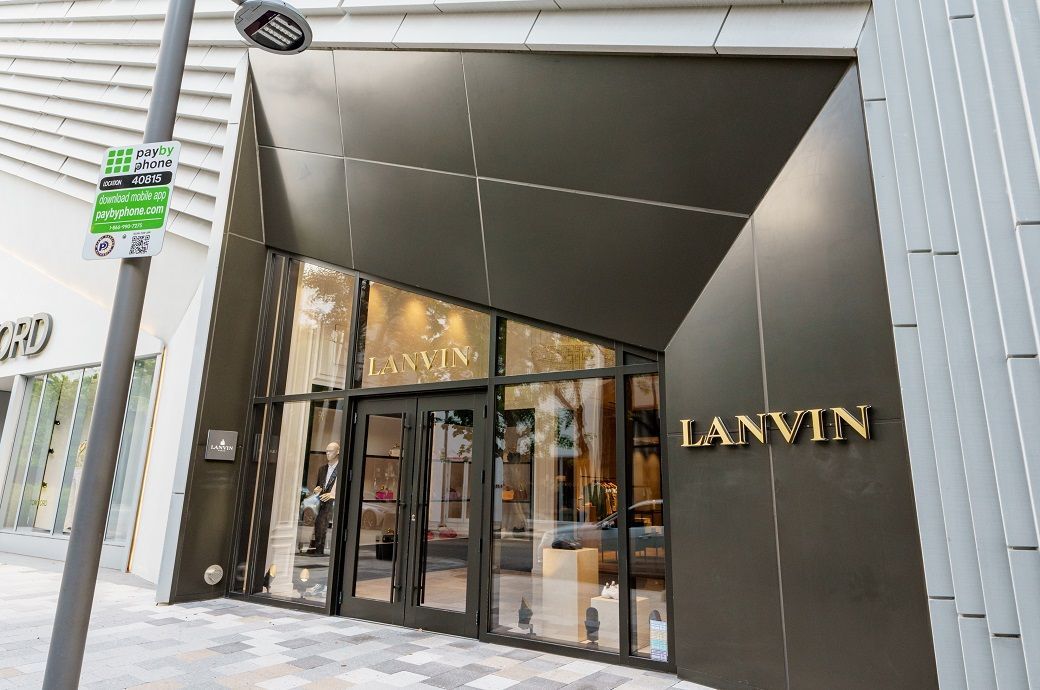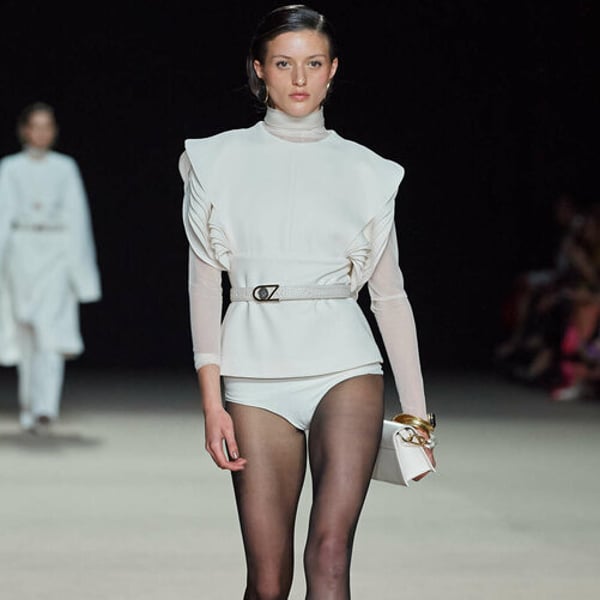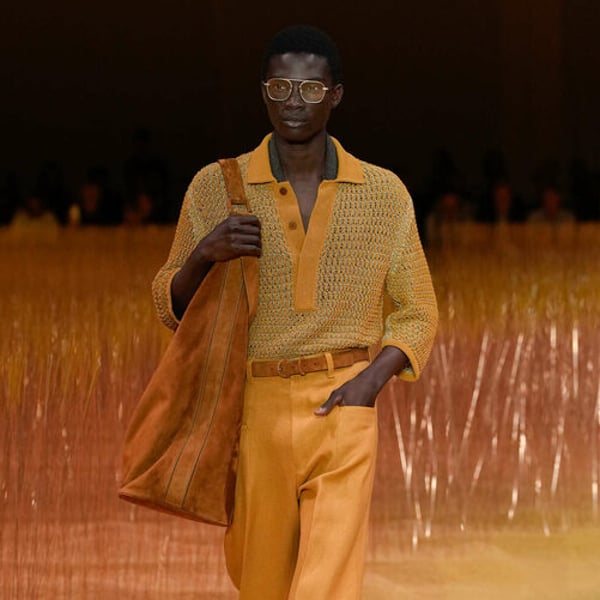Chinese luxury fashion group Lanvin Group has announced its financial results for the first half of fiscal year 2024 (H1 FY24), in which it reported revenues of €171 million (approximately $191 million), a decrease of 20% compared to the same period of the previous year. The decrease is mainly attributed to the weakness of the global market and challenges in the wholesale sector.
Lanvin Group reported a 20% revenue drop in the first half of fiscal year 2024 to €171 million, driven by global market weakness and wholesale challenges. Key brands such as Lanvin, Wolford and Sergio Rossi suffered significant revenue declines, with regional declines in EMEA, Greater China and North America. Despite lower revenues, some brands improved gross profit margins.
The direct-to-consumer (DTC) channel saw revenue decline 14%, while wholesale revenue fell 30%. Other revenue streams, including royalties and clearance revenue, also declined 15%, driven by a strategic reduction of clearance inventory by Lanvin.
Regionally, revenue in the Europe, Middle East and Africa (EMEA) region decreased by 27%, while Greater China saw a decline of 24%. The rest of Asia, excluding Greater China, saw a smaller decline of 7%, and North America saw a drop of 11%, the company said in a press release.
Group gross profit in the period was €98 million, representing a margin of 58 percent, down from €125 million and a margin of 59 percent in the first half of 2023. Contribution profit was negative at -€7 million. Adjusted EBITDA fell to -€42 million, representing a slight increase in losses compared to -€41 million in the first half of 2023.
Lanvin brand revenue fell from €57 million in the first half of fiscal 2023 to €48 million in the first half of 2024. Retail, including boutiques and outlets, was down just 3%, while the broader DTC channel was down 10% and wholesale was down 23%. Geographically, EMEA saw the largest decline, down 21%. North America and APAC were down 9%, and Greater China was down 14%. However, APAC excluding Greater China showed positive growth of 9%. Despite the revenue decline, Lanvin’s gross profit margin improved to 58% from 56%, although gross profit itself fell to €28 million from €32 million.
Wolford’s revenue saw a significant 28% drop from €59 million in H1 FY23 to €43 million in H1 FY24. In terms of channel, DTC revenue declined by 14%, while wholesale revenue plummeted by 53%. Regionally, EMEA saw the largest decline at 34%, followed by APAC at 24%, and Greater China saw a 20% decline. North America revenue fell by 10%. Wolford’s gross profit margin also contracted, declining from 72% to 63%.
Sergio Rossi reported a 38% drop in revenue, from €33 million in the first half of fiscal 2023 to €20 million in the first half of 2024. The brand’s largest market, EMEA, saw a significant 49% drop, while APAC revenue fell 22%, and Greater China 34%. The DTC channel was down 17% overall, with e-commerce down 2%. Wholesale, which includes third-party production, saw a steep 60% drop. Gross profit margin remained relatively stable at 50%.
St. John's revenue decreased 14 percent from €47 million in the first half of fiscal 2023 to €40 million in the first half of 2024. The decline was consistent across all distribution channels: DTC, including e-commerce, was down 15 percent, and wholesale was down 13 percent. North America, St. John's largest market, saw a 10 percent decline, while APAC, which accounts for less than 10 percent of revenue, was down 46 percent. Despite the revenue decline, St. John's gross profit margin improved significantly, increasing from 62 percent to 69 percent.
Caruso's revenues remained relatively stable, falling by just 1 percent. However, the brand recorded an improvement in gross profit, which rose from 5 to 6 million euros, and the gross margin increased from 26 to 29 percent.
“The challenges in the wholesale channel compounded the woes of a slowing global luxury market during the first half of fiscal 2024. We spent much of the first half committed to our marketing plan, but also prioritized rationalizing our cost base to adapt to the current market environment. In addition, we are committed to our product strategy and investing in product development,” he said. Eric Chan, CEO of Lanvin Group.
Fibre2Fashion (DP) Press Desk












